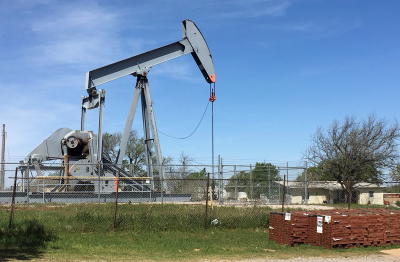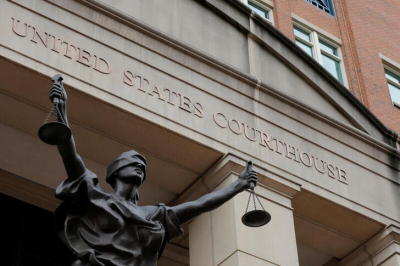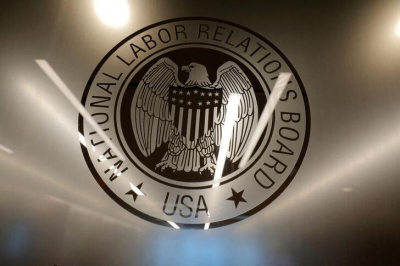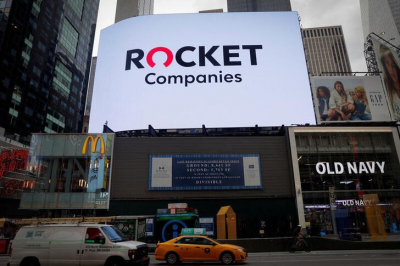Chaos Unveiled: Auckland's Brush with Disaster as Sinkhole Emerges Amidst Water Main Burst
Auckland, New Zealand - In the heart of Auckland, amidst the bustle of daily life, a sudden calamity struck, shaking the very foundation of routine.
As a journalist with over a decade of experience, I have witnessed my fair share of crises, but the scene that greeted me at the site of this sinkhole was unparalleled. The air hummed with urgency as emergency responders scrambled to assess the extent of the damage and ensure the safety of bystanders.
The intersection of transformed into a tableau of chaos and confusion, with traffic diverted, businesses shuttered, and residents evacuated. The sheer magnitude of the sinkhole's gaping maw, large enough to swallow vehicles whole, underscored the severity of the situation.
Unveiling the Culprit: The Anatomy of a Sinkhole
To comprehend the gravity of the situation, one must delve into the intricate mechanics of sinkhole formation. Typically, these geological phenomena arise from a combination of factors, including underground erosion, soil composition, and external triggers such as a ruptured water main.
In the case of Auckland's sinkhole, preliminary investigations point towards a compromised water main as the catalyst. The sudden surge of water, under immense pressure, carved through the earth beneath the surface, creating a cavernous void that eventually collapsed, giving birth to the sinkhole.
However, attributing blame solely to the ruptured water main would be an oversimplification. Auckland's unique geology, characterized by its volcanic origins and porous soil, predisposes it to sinkhole formation under certain conditions. Factors such as excessive groundwater extraction and inadequate infrastructure maintenance exacerbate this vulnerability, rendering the city susceptible to such incidents.
Navigating the Aftermath: A Community in Crisis
Beyond the physical ramifications, the emergence of the sinkhole reverberated through Auckland's social and economic fabric. Businesses reliant on the affected thoroughfare faced significant disruptions, grappling with loss of revenue and logistical challenges. Commuters found themselves stranded, forced to seek alternative routes amidst the labyrinth of road closures.
Moreover, the psychological toll on residents cannot be overstated. The sudden upheaval of their familiar surroundings instilled a sense of unease and vulnerability, prompting soul-searching conversations about the city's preparedness for such disasters.
Yet, amidst the turmoil, Aucklanders exhibited resilience and solidarity. Communities rallied together, offering support to those displaced and extending gratitude to the tireless efforts of emergency responders. This spirit of camaraderie served as a beacon of hope amidst the chaos, reaffirming the indomitable human spirit in the face of adversity.
Looking Ahead: Lessons Learned and Paths Forward
As Auckland embarks on the arduous journey of recovery and reconstruction, it must heed the lessons gleaned from this harrowing experience. Investment in robust infrastructure, coupled with proactive maintenance measures, is paramount to safeguarding against future calamities.
Furthermore, fostering a culture of preparedness and community engagement is essential in bolstering resilience against unforeseen crises. Through collaborative efforts between government agencies, civil society, and private stakeholders, Auckland can fortify its defenses and emerge stronger in the face of adversity.
In retrospect, the sinkhole that plunged Auckland into disarray served as a poignant reminder of nature's unpredictability and humanity's capacity to persevere. As the dust settles and the wounds heal, let this be not just a chapter of chaos, but a catalyst for collective action and resilience in the face of uncertainty.
A Call to Action Amidst Adversity
As the dust settles and Auckland begins to emerge from the shadow of the sinkhole, reflections on the events that transpired offer invaluable insights and opportunities for growth. This crisis was not merely a test of infrastructure, but a litmus test of the city's resilience and capacity for collective action.
The sinkhole, though a stark reminder of nature's capriciousness, also serves as a clarion call for proactive measures and concerted efforts to mitigate future risks. It is imperative that Auckland, and indeed all communities vulnerable to such calamities, take stock of the vulnerabilities exposed and embark on a path of transformational change.
Investments in robust infrastructure, coupled with rigorous maintenance regimes, must be prioritized to safeguard against similar crises in the future. Additionally, fostering a culture of preparedness and community resilience is essential in building a more resilient society capable of weathering the storms, both literal and metaphorical, that lie ahead.
As Auckland navigates the aftermath of this unprecedented event, let it not be defined by the chaos and disruption it wrought, but by the resilience, solidarity, and determination exhibited in its wake. Through collective action and unwavering resolve, Auckland can emerge stronger and more resilient, ready to confront whatever challenges the future may hold.





